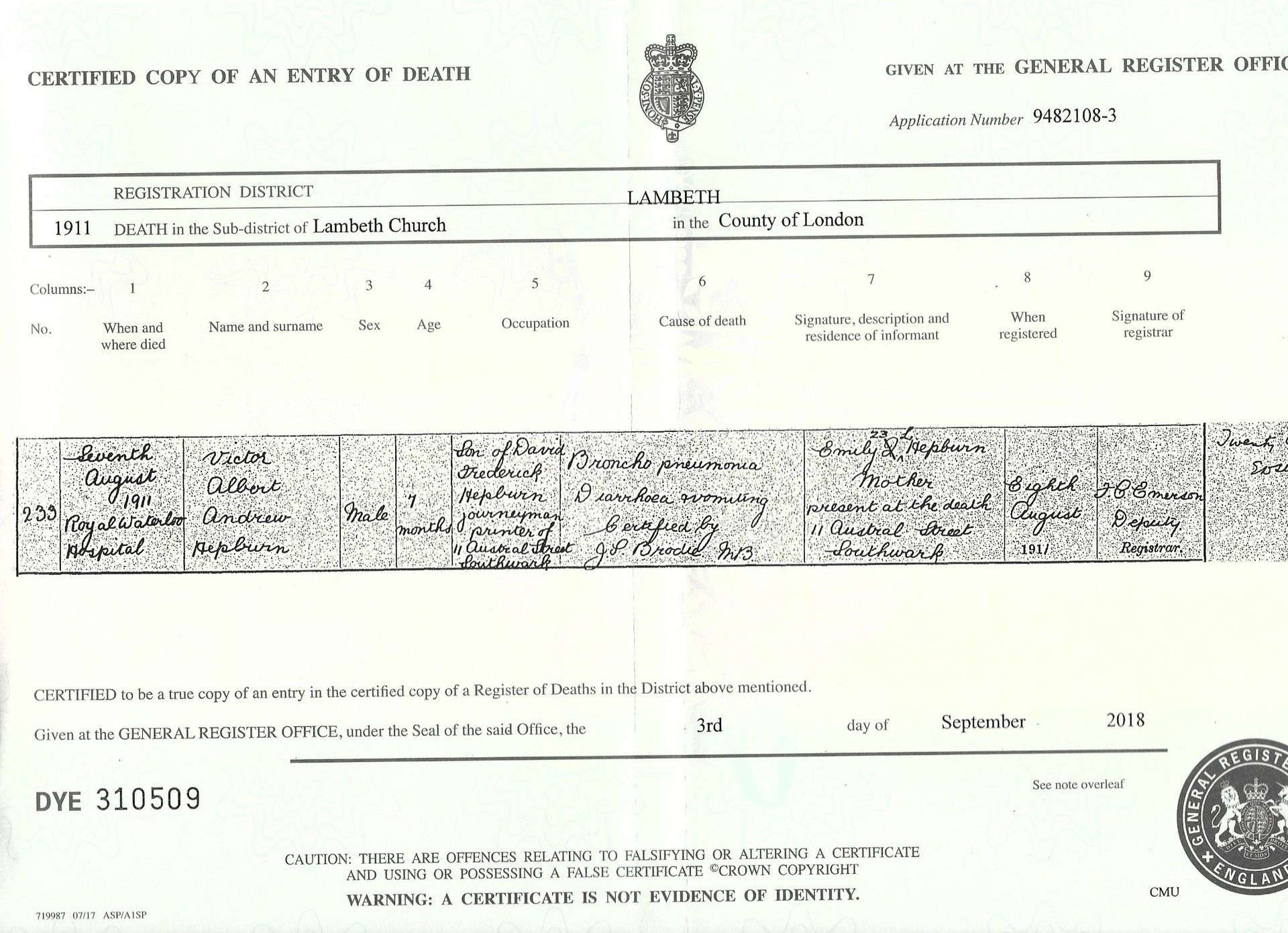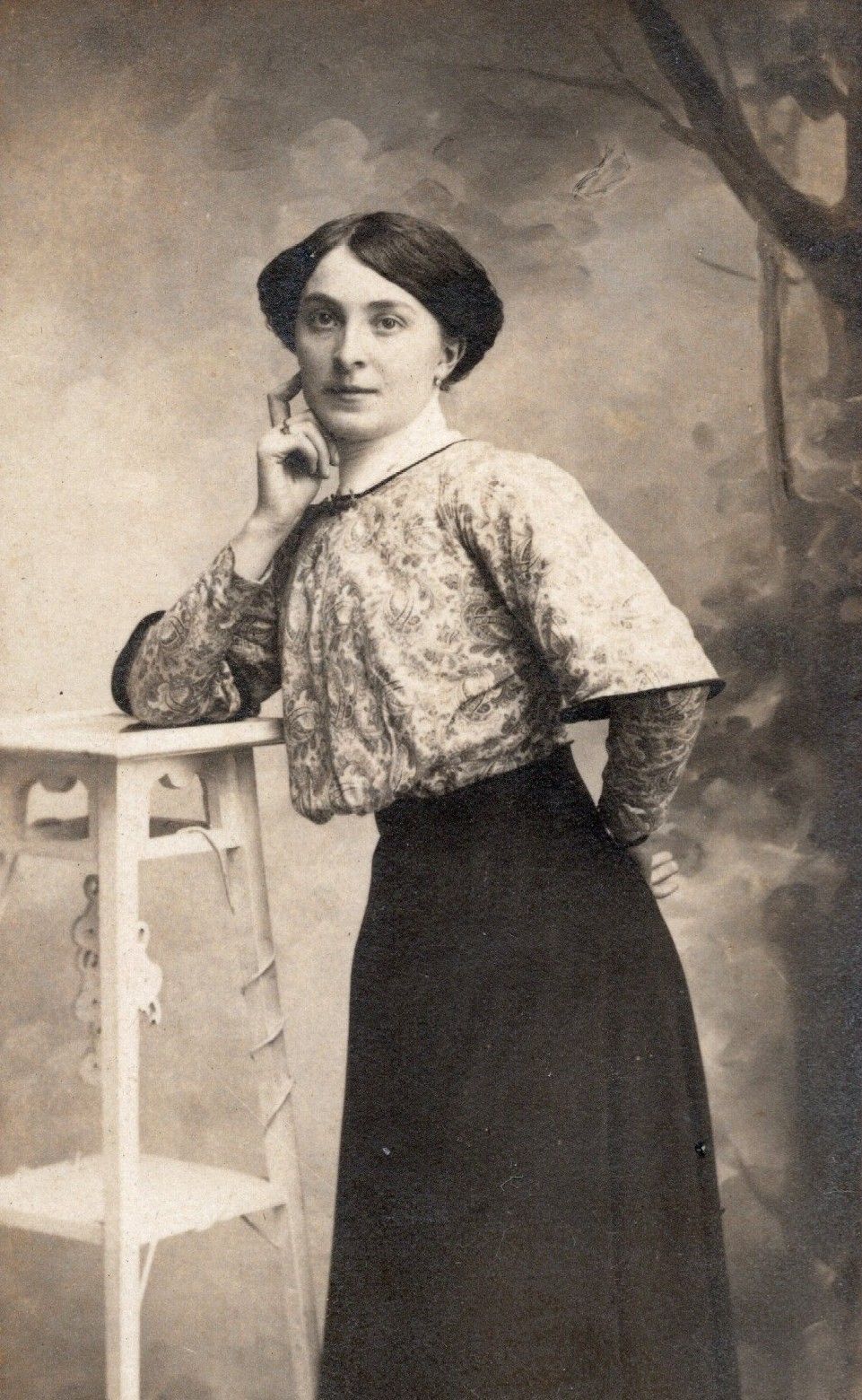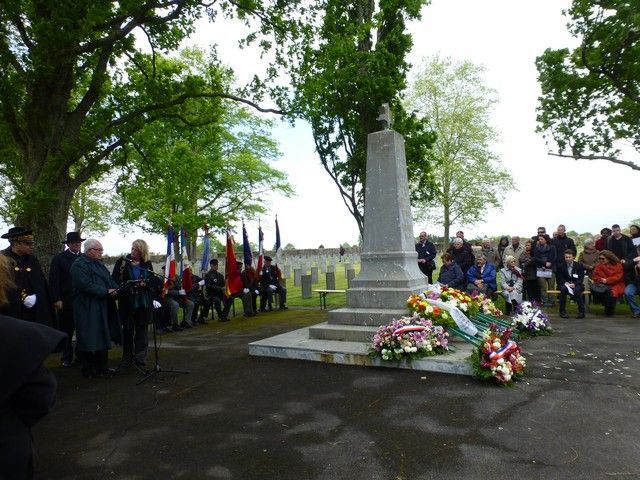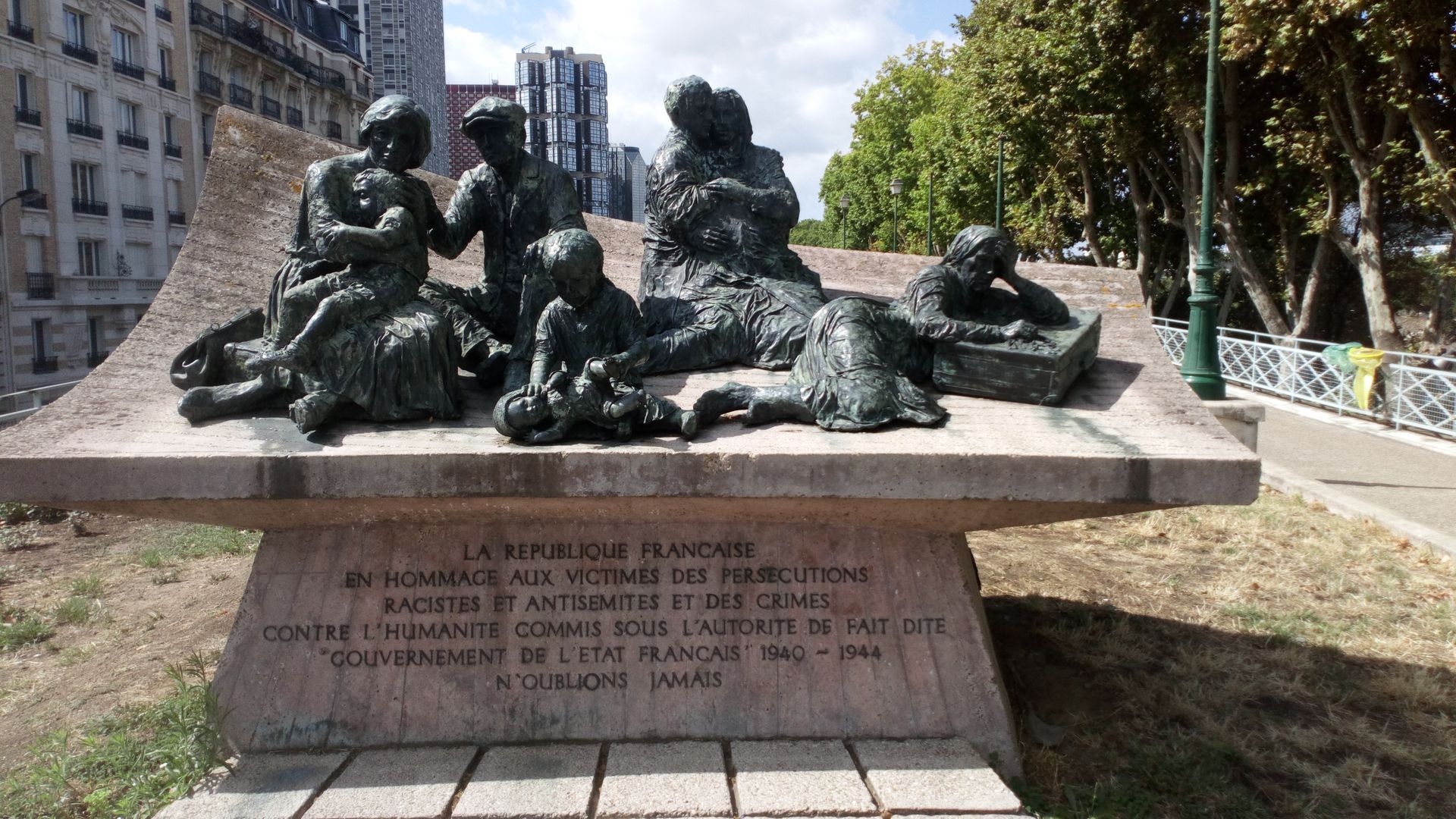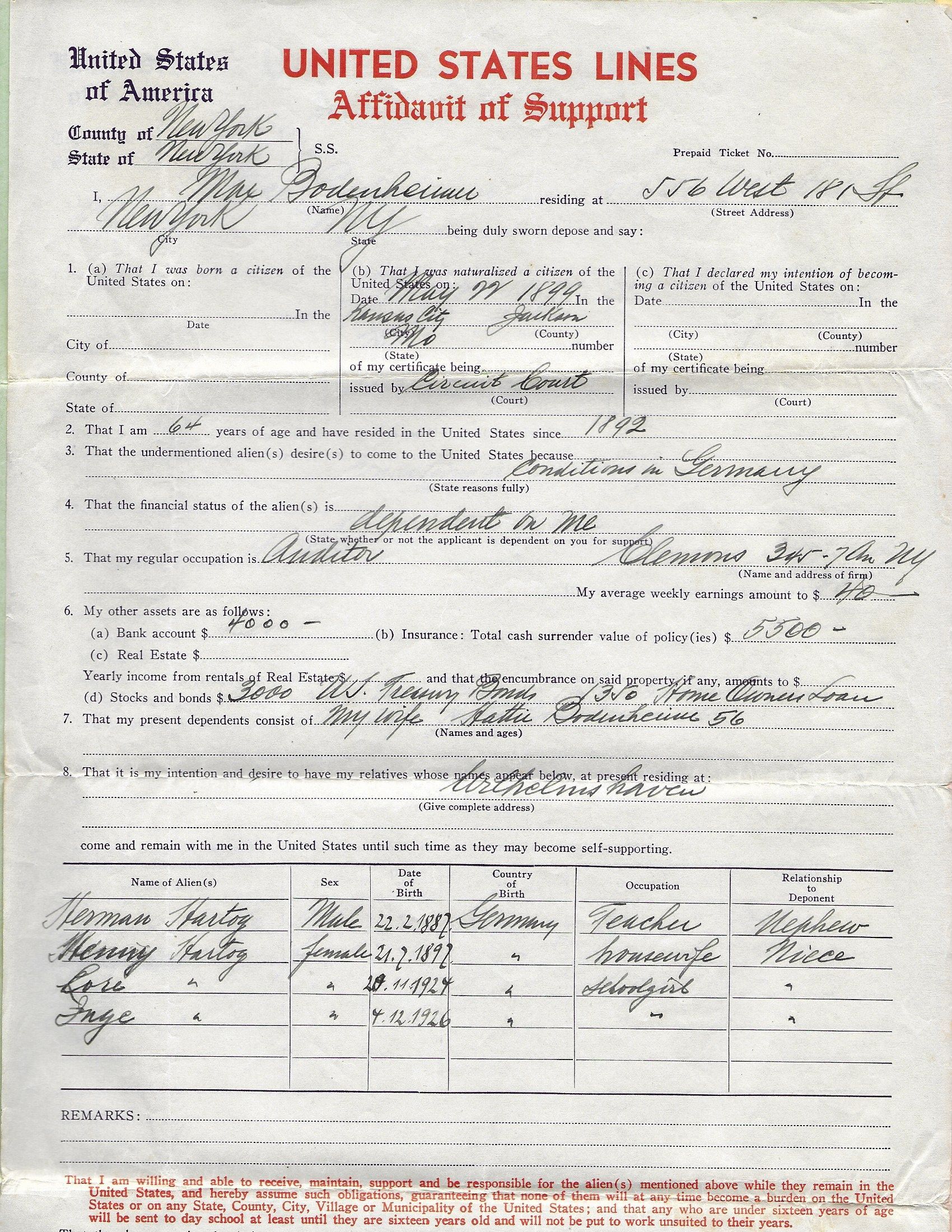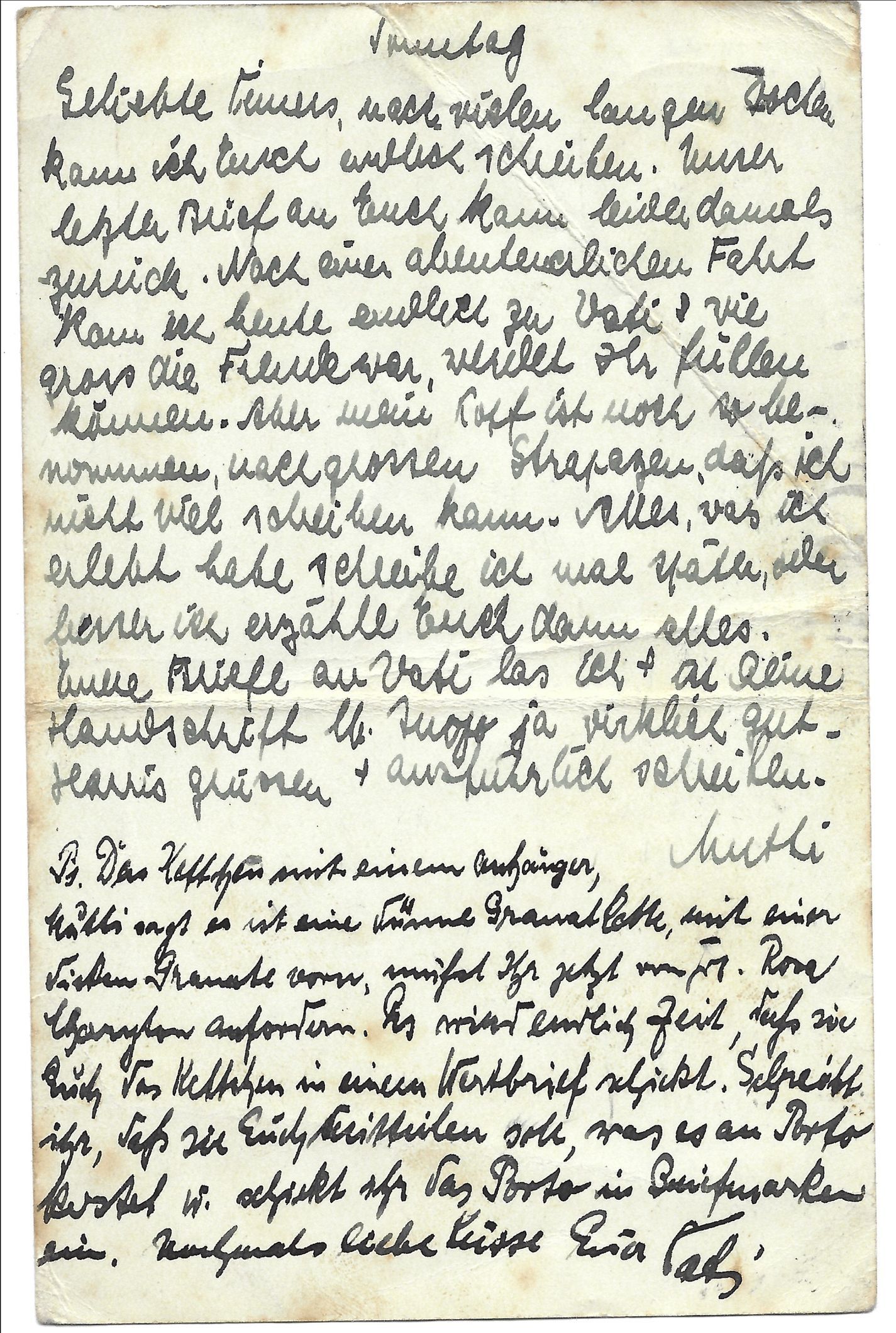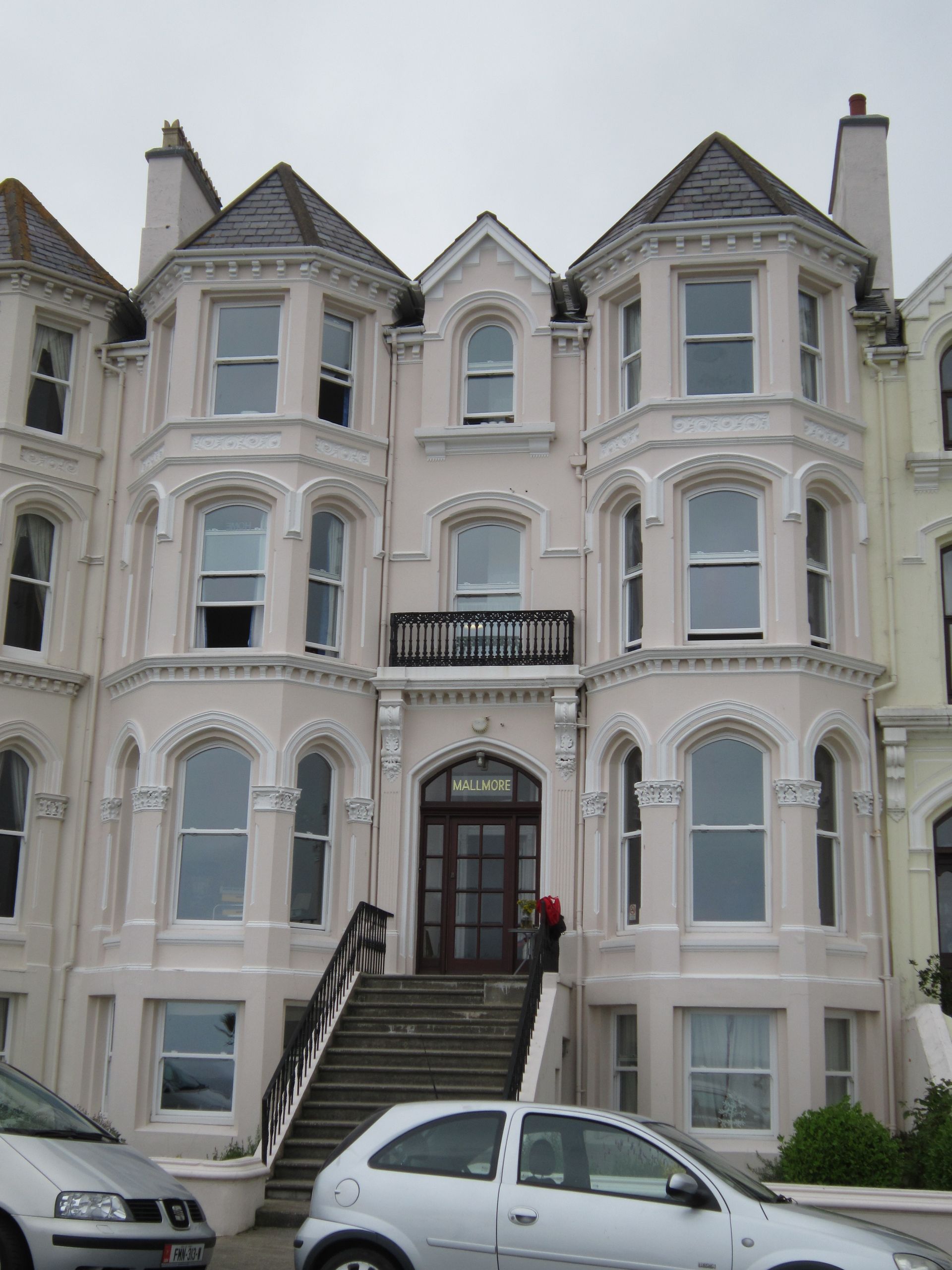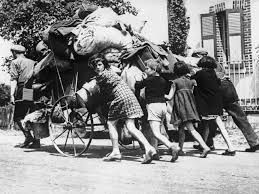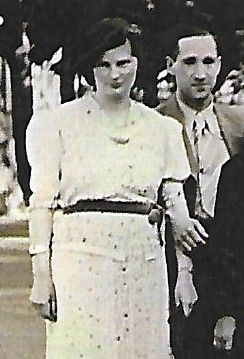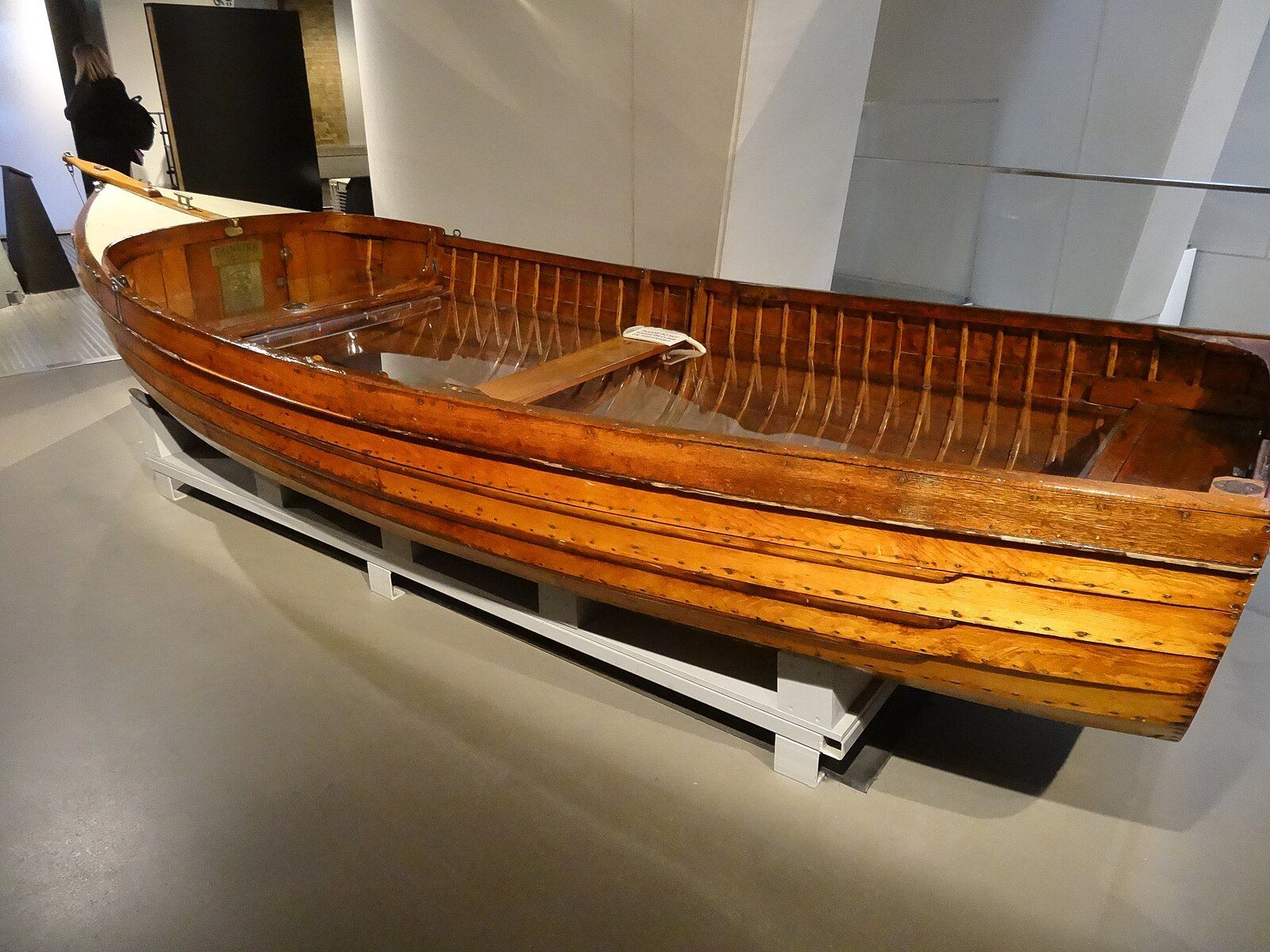Pogrom of November 1938 in north-west Germany
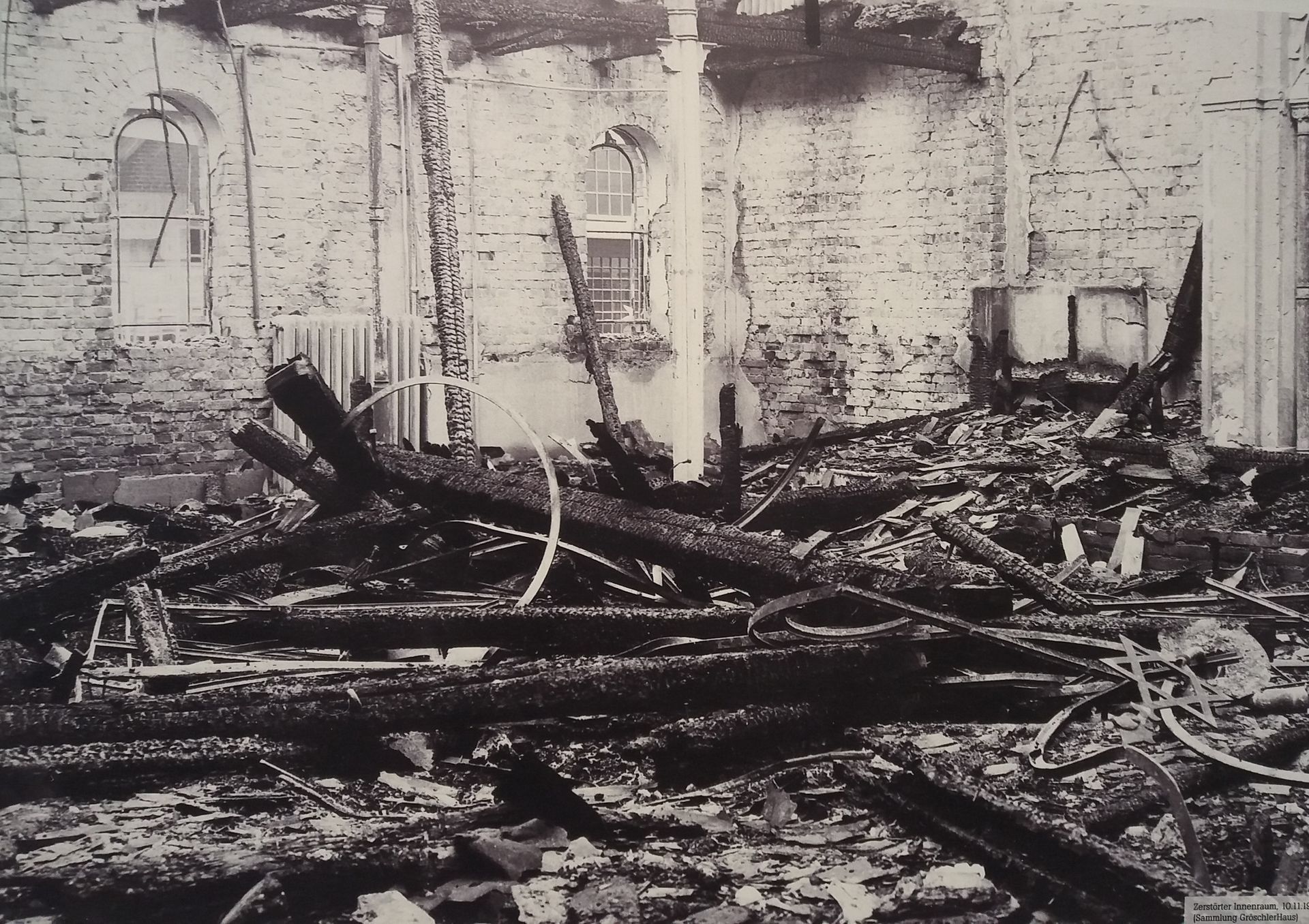
During the late evening of 9 November 1938, word came through to Nazi leaders in Germany that the German diplomat Ernst von Rath had died in Paris after an assassination attempt on him by a young Polish Jew, Herschel Grünspan. A chaotic night of revenge and retaliation against all Jewish communities in Germany followed that would change their lives for ever.
Synagogues were burnt and destroyed, Jewish homes and properties smashed, and Jewish businesses wrecked. The attacks were led by paramilitary forces of the Nazi party, aided by members of the Hitler youth and German civilians. Local authorities looked on and did not intervene. Fire brigades were ordered to protect only neighbouring – non-Jewish – buildings.
In Jever, the synagogue was set alight at about 2.30am. The home of one of the leaders of the community, Hermann Gröschler, was trashed by Hitler youth who took away the family's linen, stole works of art, silver, and clothes, and arrogantly smoked Hermann's cigars in front of his wife, Anne, whom they treated offensively. All the local Jews were arrested and taken to the nearby prison.
Similarly, in Wilhelmshaven the synagogue was burnt, Jewish property demolished, and Jews arrested. Henny and Hermann Hartog, together with their eleven-year old daughter, Inge, and Henny's father, Adolf Scheuer, were taken with others to the Jahnhalle – a large hall for local events.
Parallel actions took place in Aurich. While the synagogue burnt, members of Hermann's family were arrested during the night and taken to the agricultural auction hall known as the Bullenhalle. Many of the Jews in Aurich were quite elderly but even so they were rounded up and driven through the streets to the hall with only makeshift clothing. There, they were subjected to insults, abuse, and violence.
On the morning of 10 November, the women, children, and elderly men were allowed to go back to their homes – which they often discovered had been wrecked during the night. For many women, one memory of that night was of feathers floating from the duvets that had been slashed by the Nazis.
Hermann Hartog was not allowed home. With most of the other Jewish men in Wilhelmshaven, he was marched through the streets to the railway station – past the still-smouldering synagogue and the ranks of hostile civilians.
The men were put on a special train that took them to Sachsenhausen concentration camp near Berlin. On the way, the train stopped to pick up other Jewish men – including those from Jever and Aurich. At Sachsenhausen, there were more than 6,000 Jews from the larger area, and they all became subjected to a terrifying regime where they were controlled with dogs and whips. None of them knew whether they would ever be released.
Henny returned to her home in Wilhelmshaven with Inge and her elderly father. The following day, Hermann's sister, Berta, visited her from Aurich on the bus and the two women shared their traumatic experiences and talked together about how best to organise and re-establish their households with none of their menfolk at home. Henny found Berta to be 'very melancholy' - and no doubt she felt the same herself.
(the photo shows the ruins of the synagogue in Jever on 10 November 1938)
